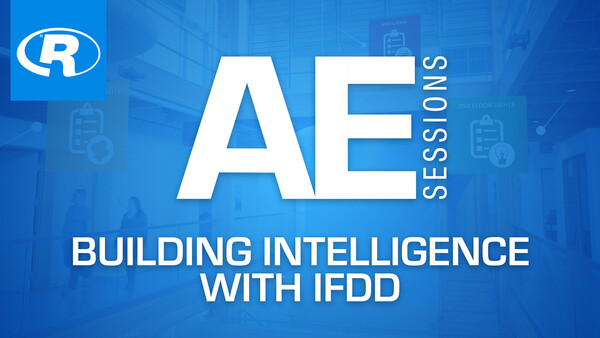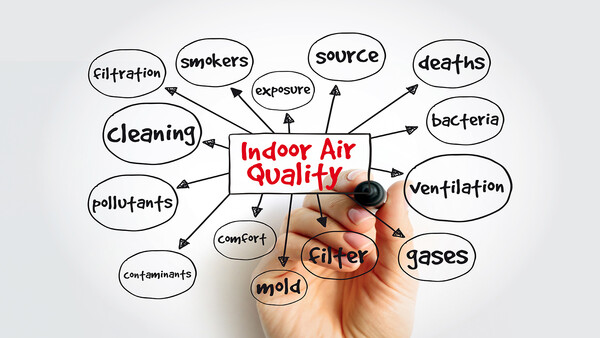How building automation impacts health, efficiency, and indoor air quality in hospitals
How does building automation ensure hospitals are safe, secure, comfortable environments for everyone?





Nowadays, the dashboard in your vehicle indicates a fault with an icon and feedback, providing critical information to you or a qualified technician—before you’re stranded on the side of the road. By combining integrated—or onboard—diagnostics with an intuitive, dashboard-like user interface, IFDD from Reliable Controls identifies issues and suboptimal performance in a building, potentially averting costly repairs and improving the efficiency of that building; both of which will save customers time and money and make occupants safe and comfortable.

How does building automation ensure hospitals are safe, secure, comfortable environments for everyone?

Learn when and why MS/TP communication is helpful in building automation systems.

From the moment you park your car at a hockey arena, your comfort and safety are enhanced through a building automation system. Here’s how.

Building automation systems can make buildings truly intelligent, reducing their carbon footprint and saving money. Learn how.

Ever wonder how a building automation system ensures safety and accuracy in lab work?

Museums—and their building automation systems—play an important role in preserving the preserved. Learn how.

When you see a doctor or personal trainer, you benefit from their knowledge and experience. In the same way, a building automation system should provide all the tools you need to maintain your buildings in optimal health.

What are you doing to mitigate the transmission of viruses indoors? Learn what measures you can take and how your smart building provides more information and control for IAQ concerns.